A Hidden Gem - The Beauty Of Japanese Horology (Part 1)
I often think about a lot of things, sometimes even unnecessarily. As I was browsing the internet, learning more about my innermost interests and hobbies, it has come to my urgent attention that few people here are talking about watches.
As we continue to strive to make Steem a great place, with our wonderful content and happy engagement, I will mark this moment, as I chart into unexplored territories once more.

Credits To: GIPHY
This will be my first, and certainly not last, post on watches and all things horology. I was inspired after a hearty conversation with @markpritchard on his post about his Omega watches, and his extremely unique Omega Triple Date.
Secondly, this will also be my first time posting articles into Communities, given all the good things that I've heard about it. Whether I'm doing this right or wrong so far, please me know in the comments. While I don't claim to know much about either watches, or Communities - I'm certainly keen enough to try.
Technological Warfare.
For this post today, I have something intriguing to talk about. Think of watches, and your mind usually goes two ways - if its luxurious and expensive, its usually European; or it its affordable and functional, it's usually Japanese.

Credits To: GIPHY
I suppose one could call it stereotyping, but it's an image that has burnished in the minds of many people. Whether it's those Casio calculator watches, or The Terminator's G-Shock, we've become accustomed to the norm that Japanese watchmaking has been restricted to the arts of crafting reliable, cheap, everyday watches.
This is something that has gone on for a long time, and it was the events that ensued throughout history which gave us these impressions.

Credits To: GIPHY
Watchmaking is not only an art in motion, but also a technological race between the watchmakers and masters of the world, as a testament of skill and tradition. Just as carmakers would try to outrace each other in motorsports, watchmakers will do the same.
Every year since the end of WWII, observatories around the world would host trials, seeing which watchmaker would make the most accurate, and reliable watch movements. The very best from these prestigious competitions would have their timekeeping movements be honoured with a "chronometer " certificate - mostly for bragging rights.
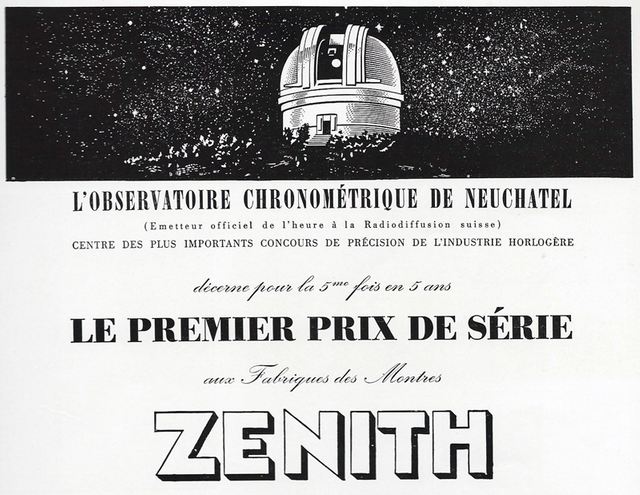
Credits To: Worn & Wound (History of Chronometers Pt. 2: Observatory Trials)
These were important and special events, given how strict the standards were, and considering the relatively simple horological technology back then. These trials were long dominated by the Swiss, before Seiko came along.
In 1963, they became the first company outside of Switzerland to have been in the top ten of an observatory trial. This marked a shock to the Europeans not felt since the Russo-Japanese war in 1905 - the first time that an Eastern rival had mastered Western technology.
This was less than a century since Westerners had introduced a then-feudal Japan on how to keep time. Seiko's continued success in the observatory timing trials heated up against their Swiss competition, before a turn of events would soon mark the end for decades of tradition.
A Crisis Emerges.
In the 1968 trials in Geneva, the endless back and forth contests between East and West continued. While Seiko's mechanical movements took everything from 4th to 10th place in the wristwatch category, it was the Swiss that had the final laugh.
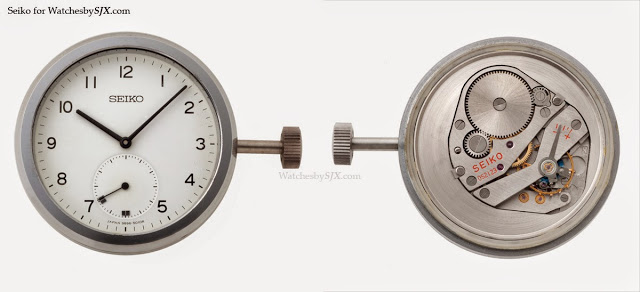
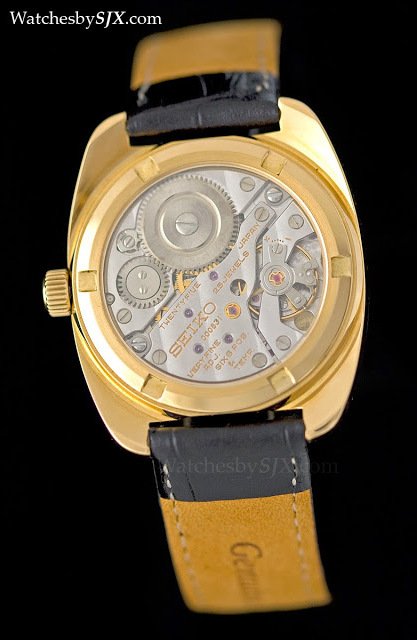
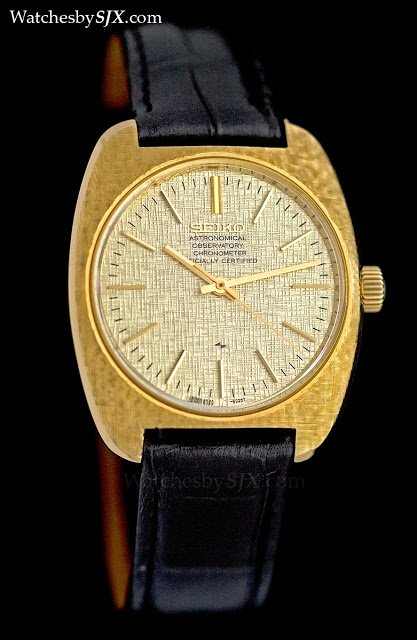
Credits To: SJX (Explaining Seiko’s Legendary History In Swiss Chronometer Trials, With Live Pictures Of Its Landmark Astronomical Observatory Chronometer)
An enterprise backed by the Swiss watch industry, Centre Electronique Horloger, won 1st to 3rd place with their Quartz movements, the first in the world in fact , with the Beta 21 movement. This ground-breaking new technology captivated everyone in the watch industry, and alarm bells were heard around the Alps.
This marked the beginning of a period, known as the Quartz Crisis. Quartz movements are more accurate, and ran on a battery - thus omitting the need to adjust and wind up the watch every day or so. The added convenience and cost savings of Quartz technology was just as exciting to people back then, just as when iPhones came to a world of Nokias and Blackberrys.
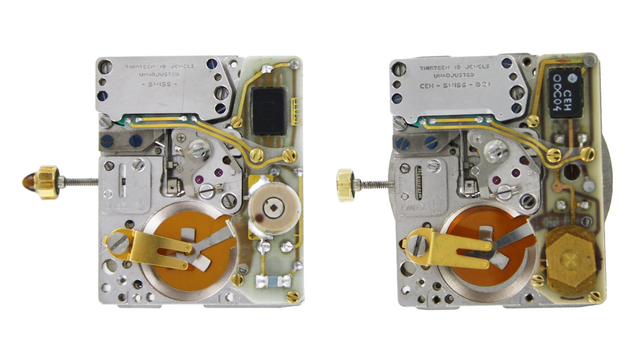
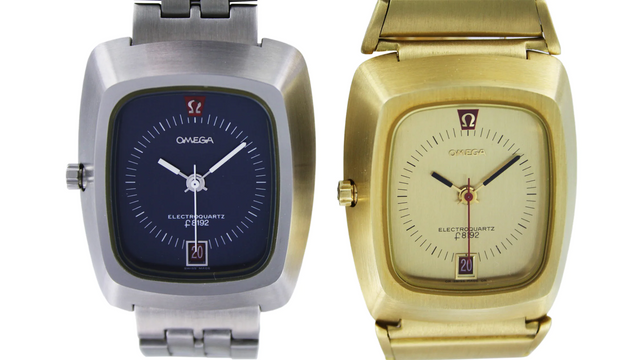
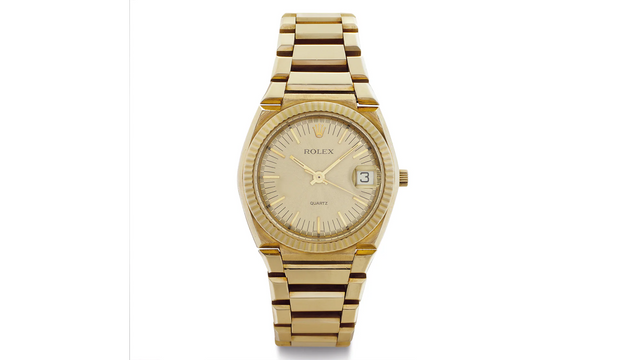
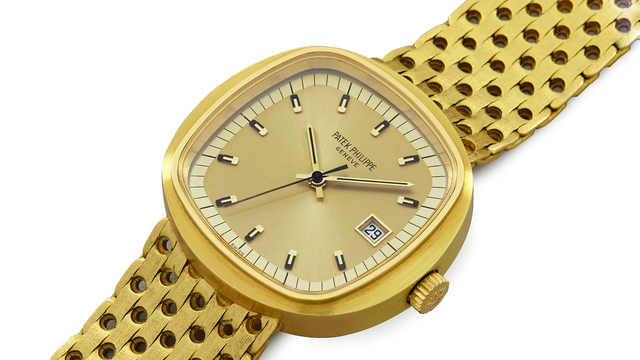
Credits To: Hodinkee (Collecting The First Swiss Quartz Movement: 5 Beta-21 Watches To Look For)
The Crisis period nearly destroyed the Swiss watch industry, incapacitating them for decades, while Japan and America took advantage to make cheap, reliable, everyday watches that more people could enjoy, and this is where our stereotype emerges.
While the Swiss may have created the world's first Quartz movement, they were slow to adapt, since they didn't think Quartz watches were appealing or necessary. Openly embracing this new technology as the break that they needed for so long, Seiko released the first Quartz wristwatch in 1969, with the Seiko Astron - just one year short of the Swiss.
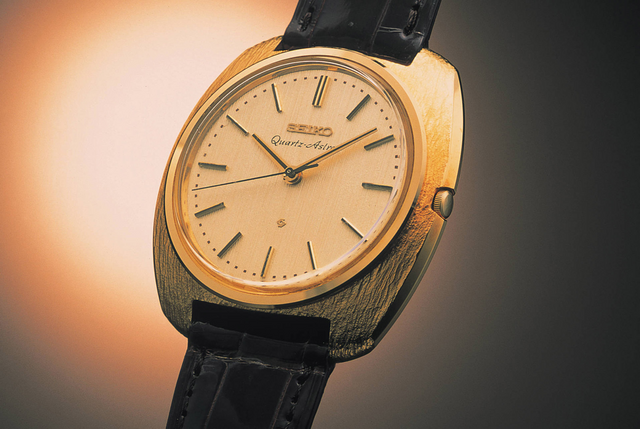
Credits To: GearPatrol (Watch Collector on a Budget? Start With Vintage Quartz)
This effort was firing on all cylinders, between Seiko and other manufacturers on both ends of the Pacific, such as Citizen, Casio, Bulova, and Timex. In Europe, only the boutique, high-end firms like Patek Philippe, Vacheron Constantin, and Audermars Piguet were left to survive.
While smaller brands, like Rolex back then managed to stay alive by appealing to both mechanical and Quartz movements, mainstream brands went bankrupt one after another. From 1600 watchmakers in Switzerland, it had declined to just 600 by the early1980s, with companies like Omega and Tissot under serious financial strain.
Among the more popular Swiss Quartz watches back in the day was the Girard-Perregaux GP 9444, as shown below.
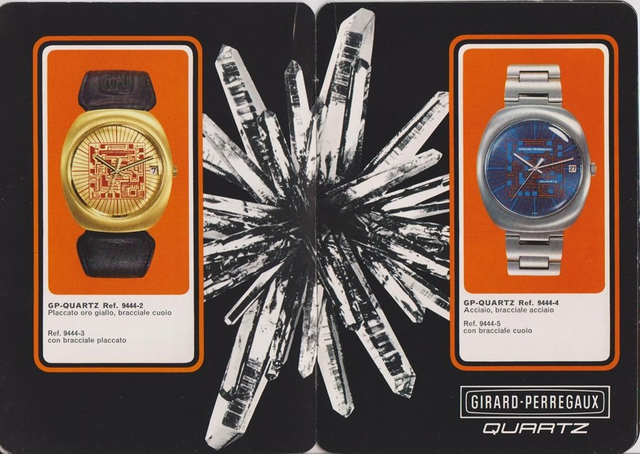
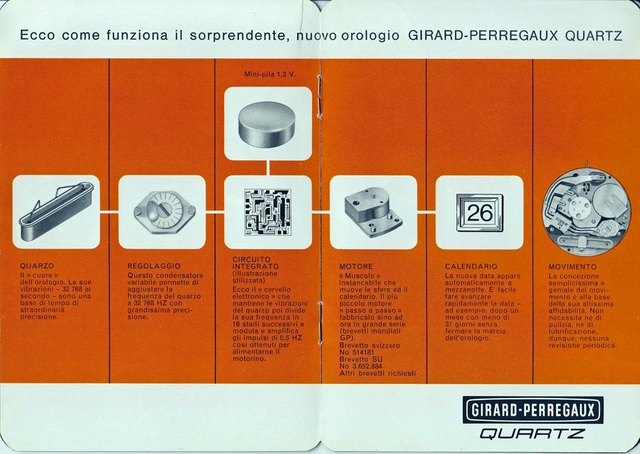
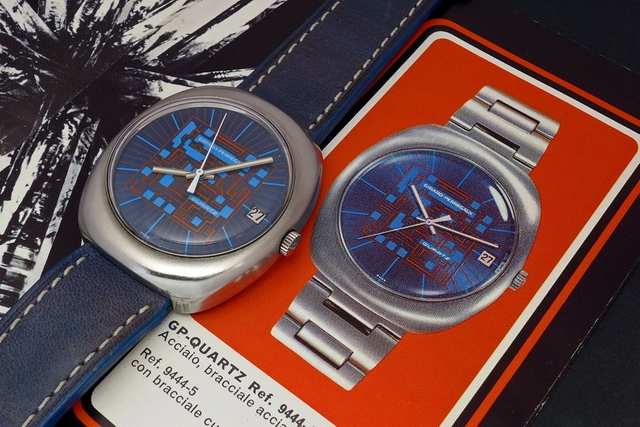
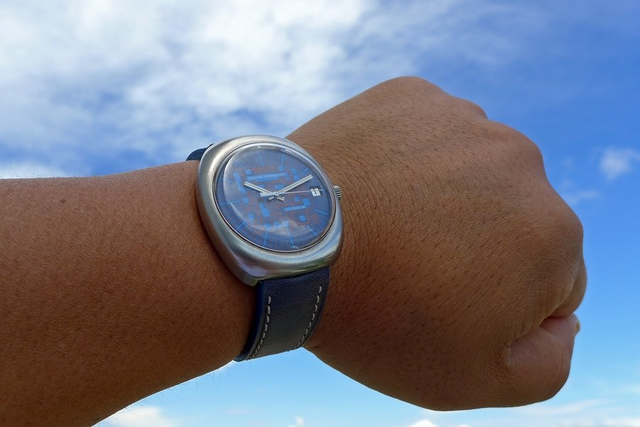
Credits To: WatchProSite (Vintage GP journey)
The Renaissance.

Credits To: GIPHY
The Quartz crisis went on throughout the 1970s and 1980s, and those companies that did survive were folded into conglomerates, one of which we know today as the Swatch group. By this point, the mass-produced watches from Seiko dominated, and they became the largest watchmaker in the world.
Strapped onto most people's wrists were watches powered by batteries, while only the few and brave held onto time-honoured (pun not intended ) traditions of mechanical horology.

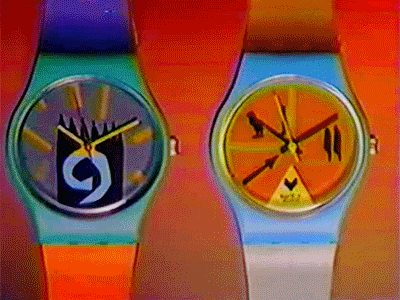
Credits To: GIPHY
It won't be until the appeal of mechanical timekeeping returned in the mid-90s, and that continues until today, even as most people continue to don Quartz watches. Just as connoisseurs listen to vinyl records, and grind their own coffee, watch enthusiasts like myself are more attracted to the beauty of mechanical movements.
For decades, it has become the norm that we associate these downmarket, utilitarian watches to Japan. So much so, we've forgotten that Japan has made some of the best mechanical movements in history. In the same fashion of those observatory trials in the 60s, Japan's watchmakers continue to perfect their craft.
Their high-end timepieces are rare outside of Japan, and its treat when one gets the chance to see one, let alone own it. Their obsessive attention to detail rewards you with nigh perfect finishing, and wonderful characteristics when you spend more time with them.
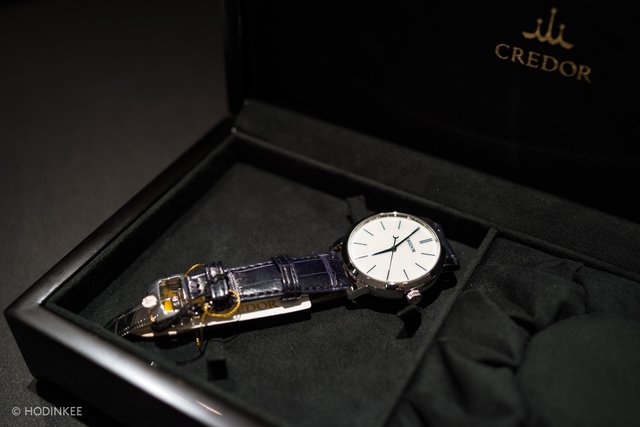
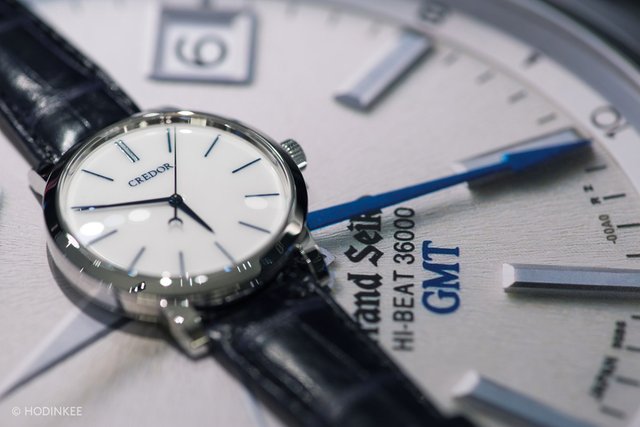
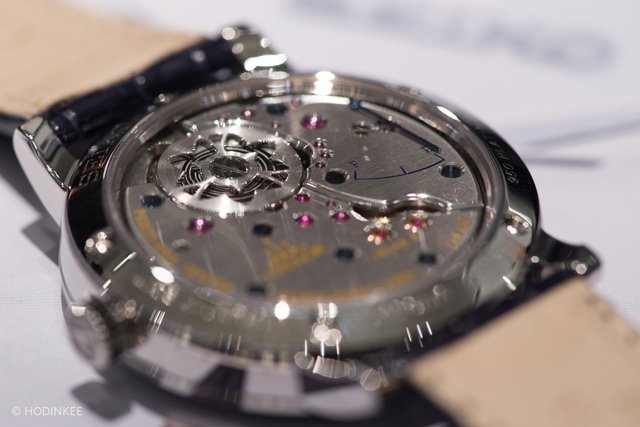
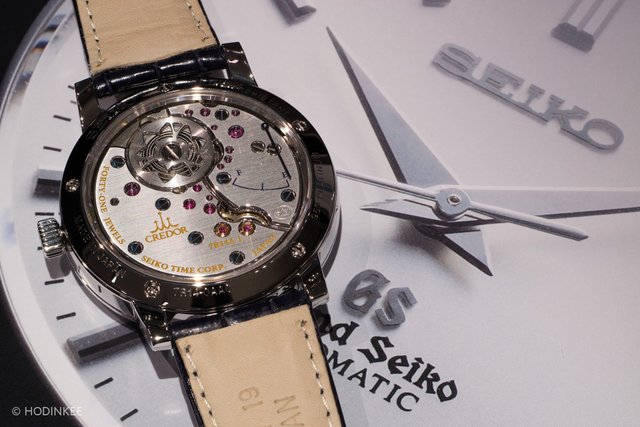
Credits To: Hodinkee (Credor Eichi II)
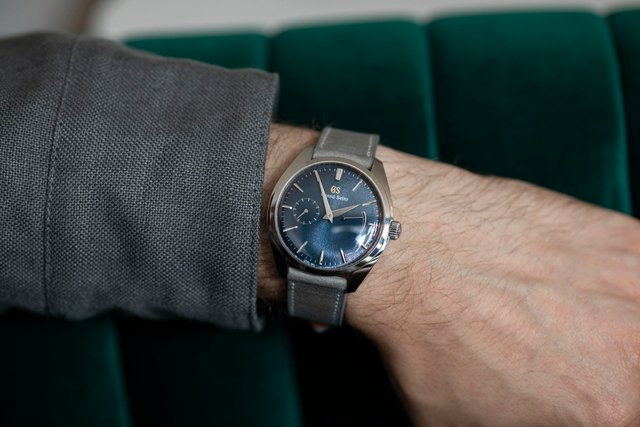
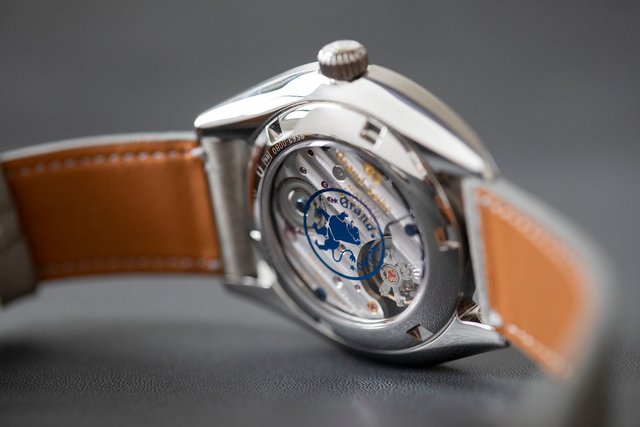
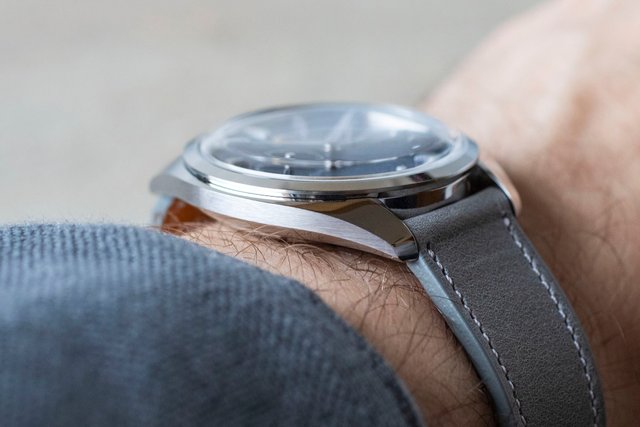
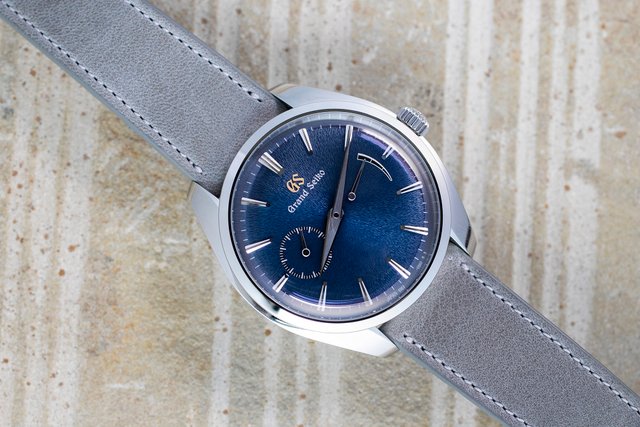
Credits To: Hodinkee (Grand Seiko SBGK005)
Final Thoughts.
As much as I like Swiss and German watches, the general presumption that Japanese watches are tacky and cheap needs to end. This will be the end of our little look into the brief history of why high-end Japanese watchmaking is underappreciated, even as they're making a resurgence.
For now, I will leave it here, and I shall continue this in Part 2, where I'll be talking about one particular Japanese watch brand that has gone under the radar for far too long. I hope you've enjoyed this article, and feel free to support it if you think we need more timekeeping content on Steem. Also, stay tuned for Part 2!

Credits To: GIPHY
Nope ima go ahead and flag any and every post on trending that has so little engagement.. If nobody gives a duck to discuss it's not a 50 dollar post.. Next
Well, I'm not sure if it's worthwhile (for you, and for Steem) to simply flag down every post that has little engagement. I do like to stay engaged with other users, too.
One's enjoyment for some things doesn't necessarily mean it has to be talked about, sometimes a smile can make all the difference. So few comments don't necessarily entail that people aren't interested.
Still, I appreciate the comment, and I hope you enjoyed reading :-)
I assume you have seen this video going around lately?
I remembered watching this clip before, and I was concerned if he'd be okay after falling over. Not a surprise, since I'd have the same reaction as well, if someone told me that that relatively cheap I had bought before is now worth more than some mansions XD
I do like a Daytona, and I'm a sucker for the simple symmetry and design of the new ceramic ones. While I do admire the Newman Daytona, I don't think its worth as much as some people are willing to pay for them. It's officially the most expensive watch on auction, sold at $17.75 million! :O
Questo post è stato condiviso e votato all'interno del discord del team curatori di discovery-it.
This post was shared and voted inside the discord by the curators team of discovery-it
Thanks for the support as always, @discovery-it!
I'm not at all familiar with the topic, but I enjoy the technical aesthetics of watches. Thank you, @zacknorman97 for this thorough and well-researched article.
Thanks for reading, @litguru. Watches aren't something that gets discussed a lot, so I thought I'd bring it to attention. If you're into the technical aesthetics and details, I've just written a handbook so you could learn more about what makes watches tick and tock. Not a lot of photos, but I hope it's informational :-)
This is my first comment, let's build something big join here ;)
Count me in. Thanks for commenting :-)
Hi
I want to thank you and encourage you for all your positions that you do
I would like to ask you to help me also on the blockchain
I'm new
Follow me 🙏
@steem.bot1
Very interesting :)
Thank you :)
You're welcome, and thank you. I hope you enjoyed the read!
Very interesting post (one of your habit :-) )... Japanese movement are great too. The Grand Seiko is beautiful, design and mechanism. Last Christmas, I bought me a gift, a Seiko 5 Sport automatic... Next time, a Grand Seiko (but a Nomos is before on the list).
Thanks, I learned to make interesting posts from my mate, @heroldius ;-)
Japanese movements are great, although very utilitarian in nature for the most part. Certain exceptions such as Grand Seiko, Credor, Minase, Naoya Hida, and Hajime Asaoka pop-up with incredible movements every once in a while, and they give the Swiss a run for their money...
And congratulations on the watch collection. I do very much like a Seiko 5, it's arguably the best mechanical watch for the money, even beating out more expensive counterparts for sheer quality and bang-for-the-buck... It even has an in-house movement!
Nomos is a great choice, and they have a design language that's unique in watchmaking. Good, reliable in-house German movement, with excellent Bauhaus design language. Whether it's for a sporty, everyday, or dressy occasion, a Nomos makes the best choice to compliment your garments.
From there, a Grand Seiko is a natural step-up, and they make watches that equal (if not best) Omega and Rolex for accuracy, quality, and finishing. Although it fits into that price bracket, and they're a bit large (it might not fit well on smaller wrists like mine, but I haven't tried yet).
I don't know much about the movement (it's why your post is interesting)... For me, it's more about the design. And I love Nomos design, as you said, very close to the spirit of the Bauhaus.
Clean and simple but beautiful
Yeah, movements are a tricky part about watchmaking. It's just like learning the difference between a straight-6, V6, V8, V12, and all that again. It took me a while, too!
I suppose if the Nomos movement were an engine, it would be a V6. Very adept, simple, workable, and efficient... Not to mention pretty nice to look at, too. Although the design is truly the best thing about Nomos, absolutely clean and simple, but beautiful, as you've put it well.
If I were to get a Nomos, I'd probably get this Tetra instead, since you don't normally see square watches around anymore...
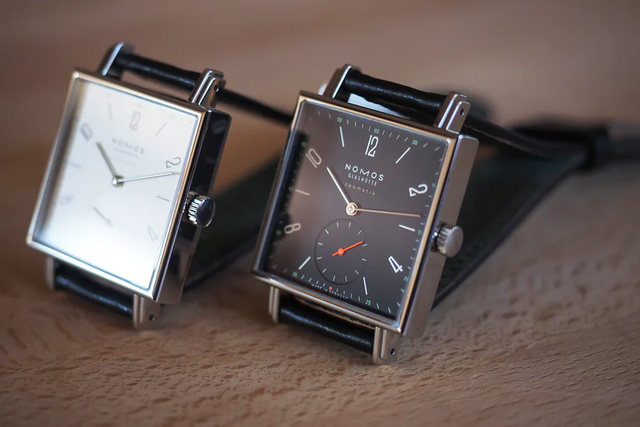
@zacknorman97, Bueno, reconozco que es verdad su apreciación sobre los relojes suizos y japoneses, los primeros, mecánicos y automáticos de muy alta precisión y los segundo, Baratos y funcionales y era de lo mas evidente quien terminaría mandando en los mercados.
Como pensar que quienes tengan determinado poder de adquisición y sean la mayoría, se impondrán en los mercado o mejor; -Poder de ventas= poder de adquisición-, y los costosos relojes suizos fueron cayendo por su propio peso, de ahí que los japoneses se impusieran en los mercados y lo seguirán haciendo.
No obstante los suizos mantendrán su nicho por aquello de; Distancia y categoría que distinguen a las clases altas de sus congéneres de menor valía social.
También es cierto que hay ofertas en la relojería japonesa mucho mas costosas, por los materiales con que son hechos y funciones adicionales que los hacen mas complejos. por supuesto que estos valdrán mas dinero, lo que los haría mas difíciles de obtener, pero ya este nicho de costos intermedios en ventas, pertenece a los japoneses tambien.
Muy agradable su post y la verdad es que nadie(no que yo sepa), se había ocupado excepto usted de este tema y esperamos que nos sorprenda con mas de sus investigaciones.
Un abrazo grande y que tenga un buen día
And thank you for the support. I shall take that hug warmly. We have often come to know that Swiss (and generally European) watches have more have class and elegance, so we can sometimes discount watch brands from elsewhere.
I hope that I could bring to light some of the facts, and also my own thoughts. While I may (for the time being) prefer a Swiss/German watch, the Japanese (e.g. Grand Seiko) make some fantastic stuff, especially for the price that you pay.
@zacknorman97 Muy cierto, son los suizos, durante décadas , los famosos relojeros, con marcas muy buscadas y apreciadas por quienes adquirían, estas maquinas miniaturas que no solo eran impresionantes producirlas sino repararlas.
Los japoneses en cambio democratizaron su uso, por los bajos precios de oferta y los hicieron accesibles a todos, masificando el mercado. !Quien no tenia un: "Seyko Uno"!. Claro, que los mas distinguidos clientes, solo tenían ojos para los suizos o cuando menos, relojes europeos en general.
Se puede entender sus gustos, en lo particular, y sus preferencias no son de extrañar.
Gracias por la atención a mi comentario y así mismo espero sus post con animo de comentarlos.
Nuevamente un abrazo grande para usted y que tenga un gran día.
Thanks mate, I appreciate the hearty and passionate comment :-)
I think your description of "democratisation" by Japanese brands to the watchmaking industry is a very accurate description indeed. While Swiss brands back in those 70s and 80s like Tissot, Longines, and Rolex (they were cheaper back then) made affordable mechanical watches, they were still pricey for the ordinary person, delicate in some cases (magnetism), and they're also not as reliable/accurate.
The Japanese and Americans managed to break that up, and brought more affordable watches to the masses. I like to think of this to back when Japanese carmakers made affordable, and reliable cars to democratise the act of owning a car. People no longer had to stand from large, expensive, and unreliable cars from US and Europe.
@zacknorman97 saludos mi apreciado amigo; Cierto cuanto dice usted; No solo los suizos, sino tambien los europeos en general bajaron sus precios pero con una muy pobre campaña, que alertara a los compradores sobre los precios, por aquello de no desvalorizar las marcas, sin embargo los asiáticos en general, basan sus ventas en lo económico que pueden ser sus productos, claro que no desatienden la calidad, en la medida de lo posible, para no aumentar sus costos.
Por otro lado masificar no solo consiste en bajar los precios y mantener una relativa calidad, sino que la gente debe estar enterada y ganada (convencida por vía de la publicidad), independientemente de lo que consideremos justo o correcto, todo esto depende mas de los recursos que se tengan para llevar a cabo, campañas tan grandes como estas.
Allí tenemos a la industria alemana. excelente calidad y precios moderado tanto en los 80 como en los 90 y mas pero sin dinero para invertir en publicidad(no lo suficiente-digo-) y en el caso de las industrias estadounidenses(estén o no en su territorio), los gastos(considerados siempre como una inversión), eran tan o mas costosos que el total de sus productos exportado en un momento dado.Claro tomaban en cuenta los siguientes envíos y ademas incluían estos gastos en sus costos de primer envió y en consecuencia sus ganancias siempre eran mayores a partir de allí en adelante.
Allí tiene un tema interesante a explorar; como han disminuido sus costos (transnacionales en general) y gastos asociado, sin importar la verdad o la justicia, con el único fin de ganar mas dinero o aumentar su poder e influencia.Tanto que hoy en día hay corporaciones que tienen y ganan mas dinero que países completos; minimizando gastos (aun haciendo desmanes en contra de la humanidad) y sin practicar la llamada democracia (tan reclamada por los conglomerados sociales en su afán de equidad).
bueno, ahora creo que si me extendí mucho en mi respuesta, pero como usted dice, me apasionan ciertos temas.
Un abrazo grande y que tenga un maravilloso día.
Thanks mate, it's great to hear your passion for these things as much as I have put into them.
I suppose the question of equity is an interesting one to explore. Is one willing to expense financial equity for the sake of brand equity? During the Quartz Crisis, some companies took it the wrong way around.
Some companies like Rolex managed to circumnavigate the Crisis well, thus ending up a much larger, more revered brand once mechanical watches came back into fashion.
Seiko managed to take advantage by using their technological capabilities to manufacture Quartz movements en masse, thus allowing their brand to thrive, while also investing heavily in mechanical watches, so they've ended up strong anyways.
Whereas Omega was almost decimated by the Quartz Crisis. As one of the world's largest watchmaking corporations at the time, it didn't respond well, despite its big pockets. In the end, their reputation was destroyed, and it took them decades to win back their business, and image.
zacknorman97 Muy buena e instructiva su respuesta.Gracias y estaré pendiente de sus post .
Saludos. mi upvote para usted.
Hello everyone! I'm just stopping by to thank you all for the wonderful support! This is first time that I tried out Communities, and I wonder to myself now... Why did I wait so long? :-)